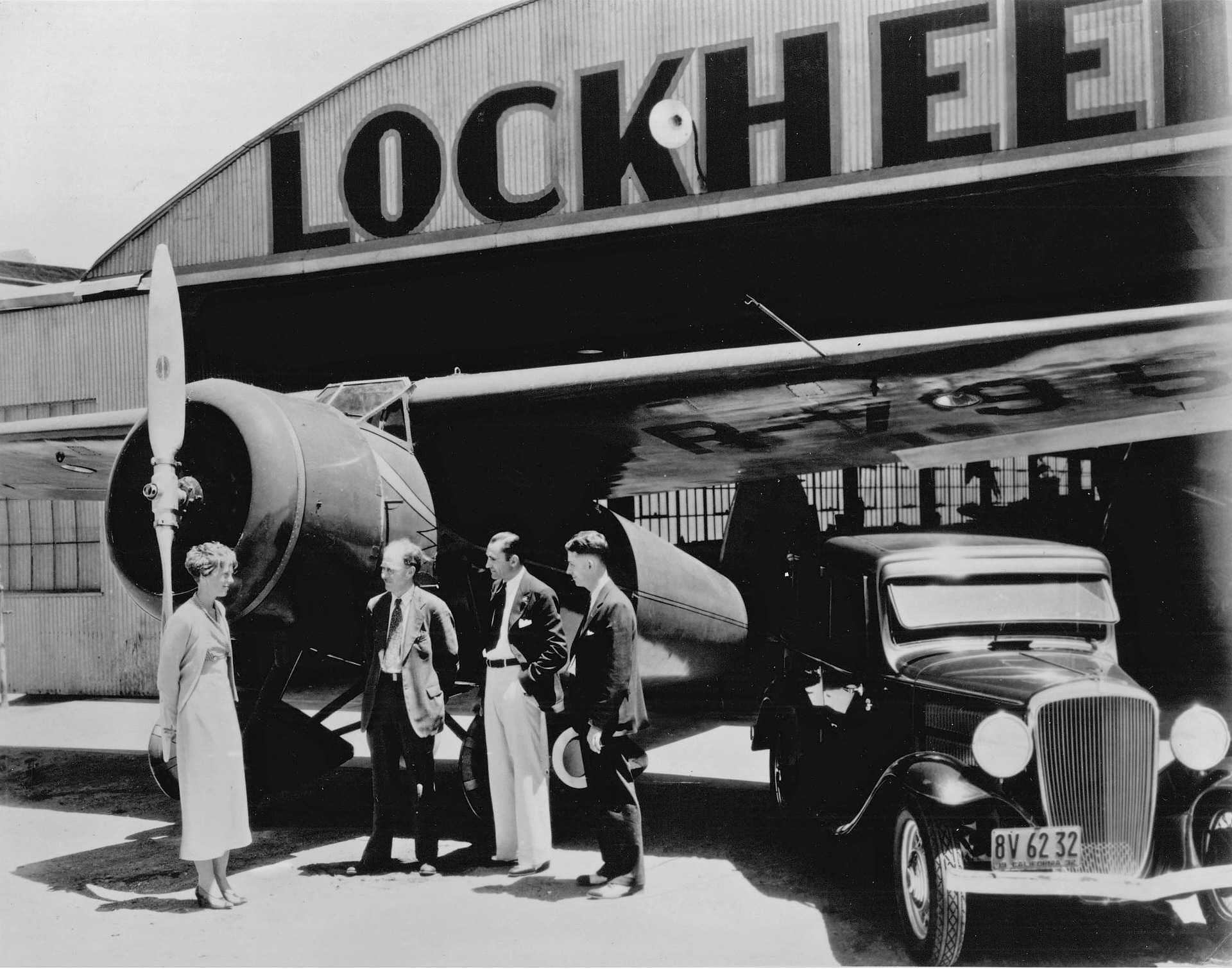
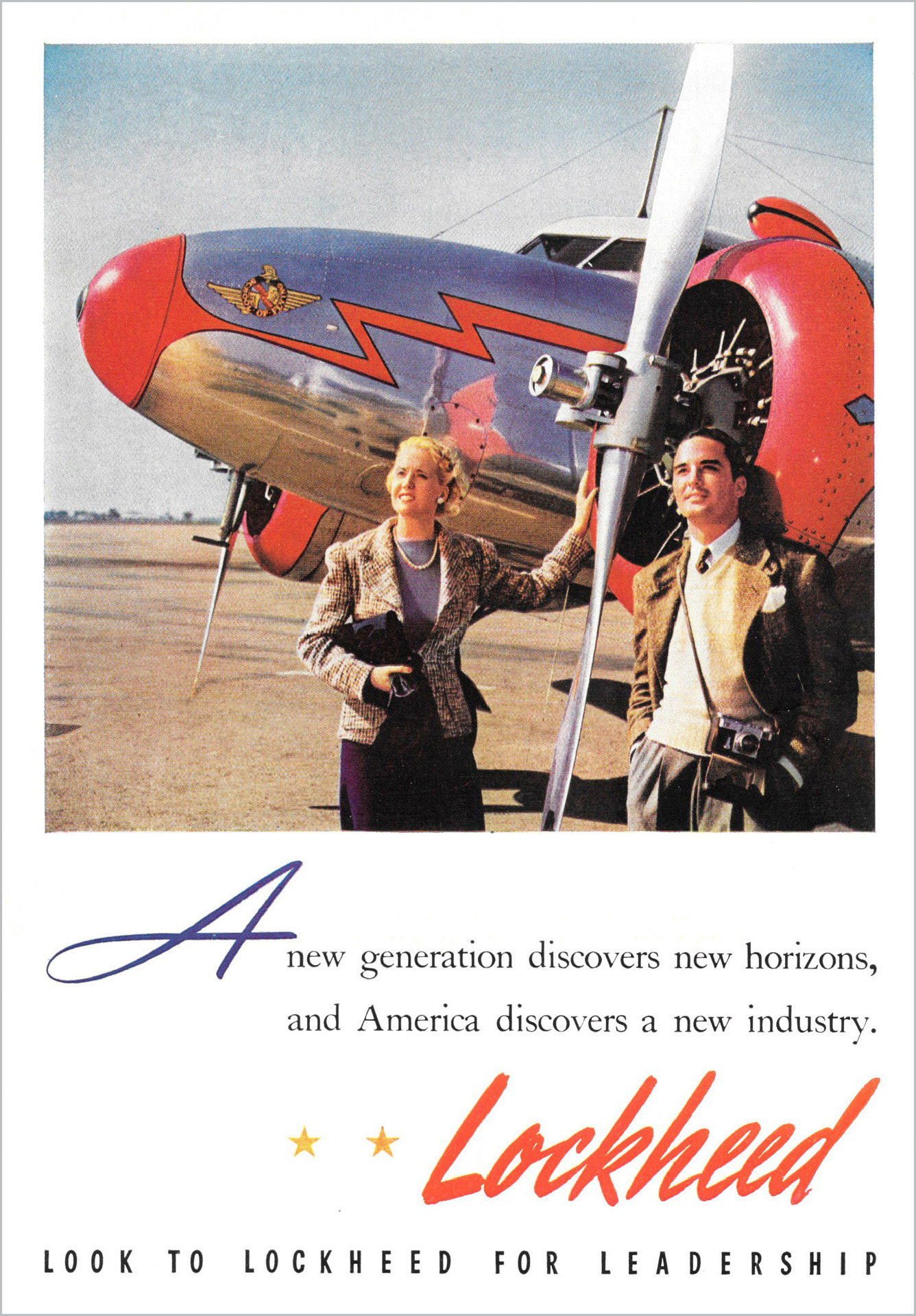
It wasn’t just Hollywood connections that brought fame and fortune to the areas in and around Toluca Lake in the mid-20th century. In 1928, the same year movies moved into Burbank with the opening of First National Pictures, the seeds of future scientific and manufacturing prowess took root when tiny Lockheed Aircraft Corporation came to town. Over the next 50 years, this homegrown plant would expand into one of the world’s largest military and commercial behemoths, and aviation and aeronautics came to define the local landscape just as much as the glamour of the motion picture industry.
Lockheed Lifts Off
Lockheed grew out of the dreams of three men, Allan and Malcolm Loughead and Max Mamlock, who originally formed the Alco-Hydro Aeroplane Company. They flew test flights of their first plane in 1913, and later provided rides to curious visitors at San Francisco’s Panama-Pacific Exposition.
Using the Exposition revenue as capital, the Loughead brothers established Loughead Aircraft Manufacturing Company in Santa Barbara in 1916 to manufacture airplanes, hiring a young John Northrop as one of the company’s first engineers. By 1918, the United States Navy commissioned the company to build Curtiss HS-21 flying boats for World War I.
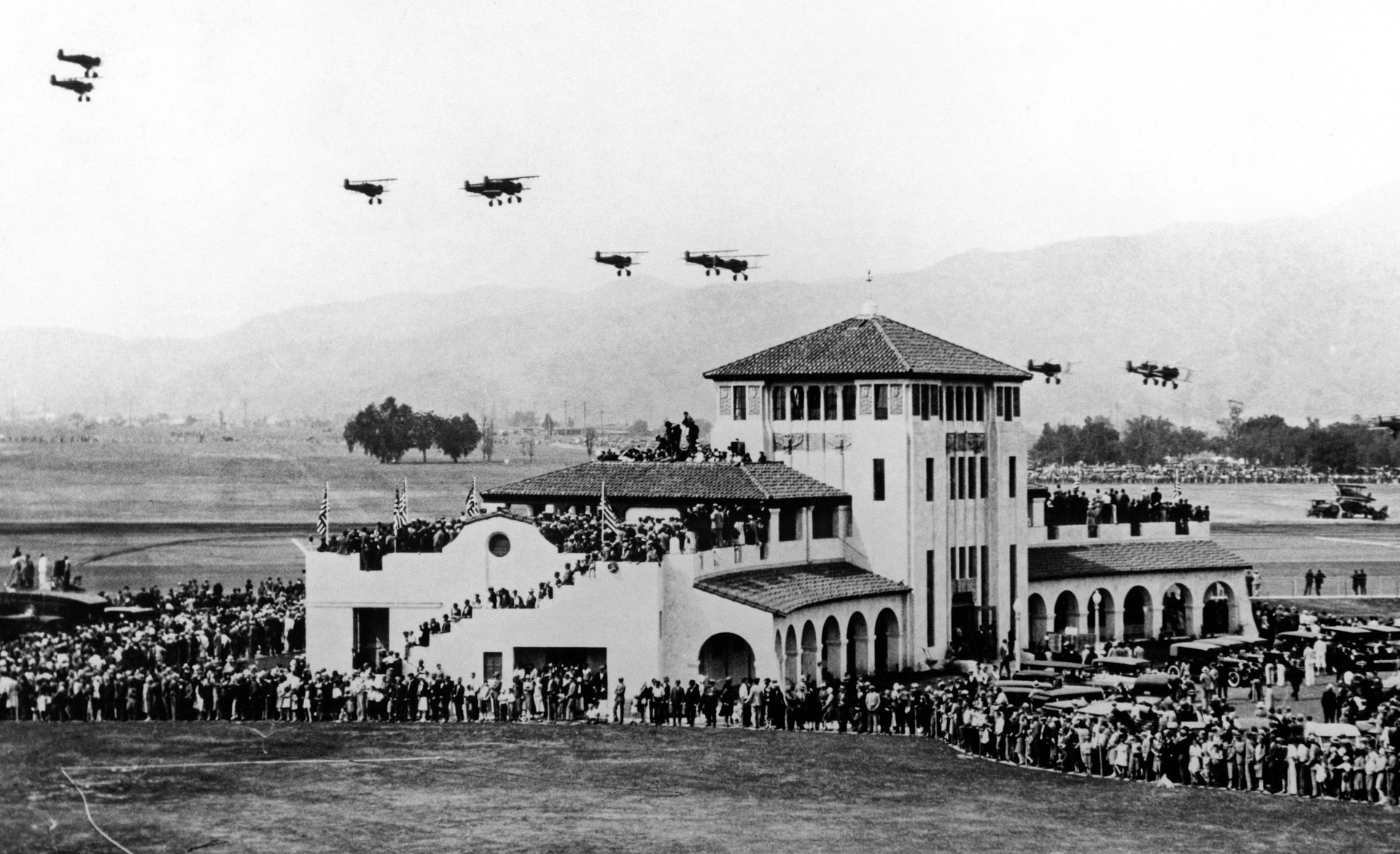

In 1926, a propitious time for air travel, the Loughead brothers moved to Hollywood, forming a new business under the name Lockheed Aircraft Company. (Tired of having their name mispronounced, they used a more phonetic spelling this time around.) Turning its focus to producing planes for commercial interests and individuals, Lockheed produced the Vega, a small, speedy model. Daring pilots flew Vegas in the first nonstop transcontinental flight over the United States, the first trans-Arctic flight and the first trip over the Antarctic, bringing Lockheed worldwide fame.
The company moved to Burbank in 1928 due to booming orders, acquiring a two-story ranch house near Empire and Lincoln avenues for its headquarters. Lockheed rented space in an adjacent brick factory to manufacture planes and created a landing strip along the Southern Pacific railroad route. Explorers and risk-takers like Charles Lindbergh, Wiley Post and Amelia Earhart began purchasing Lockheeds.
The company name changed to Lockheed Aircraft Corporation after a buyout by Detroit Aircraft Corporation in 1929, which led Allan Loughead to resign. Then the Great Depression hit Lockheed hard, leading to yet another change in ownership. But in 1934, the company struck gold with its twin-engine, all-metal Model 10 Electra, which helped to revolutionize air travel. Carrying more passengers at higher speeds, Electras opened the skies to all. Pan American and Northwest Airlines purchased planes, helping generate $2 million in sales and $218,000 in profits in 1935. The Electra gave birth to a family of transports, including the Lockheed XC-35, the first practical pressurized airliner.
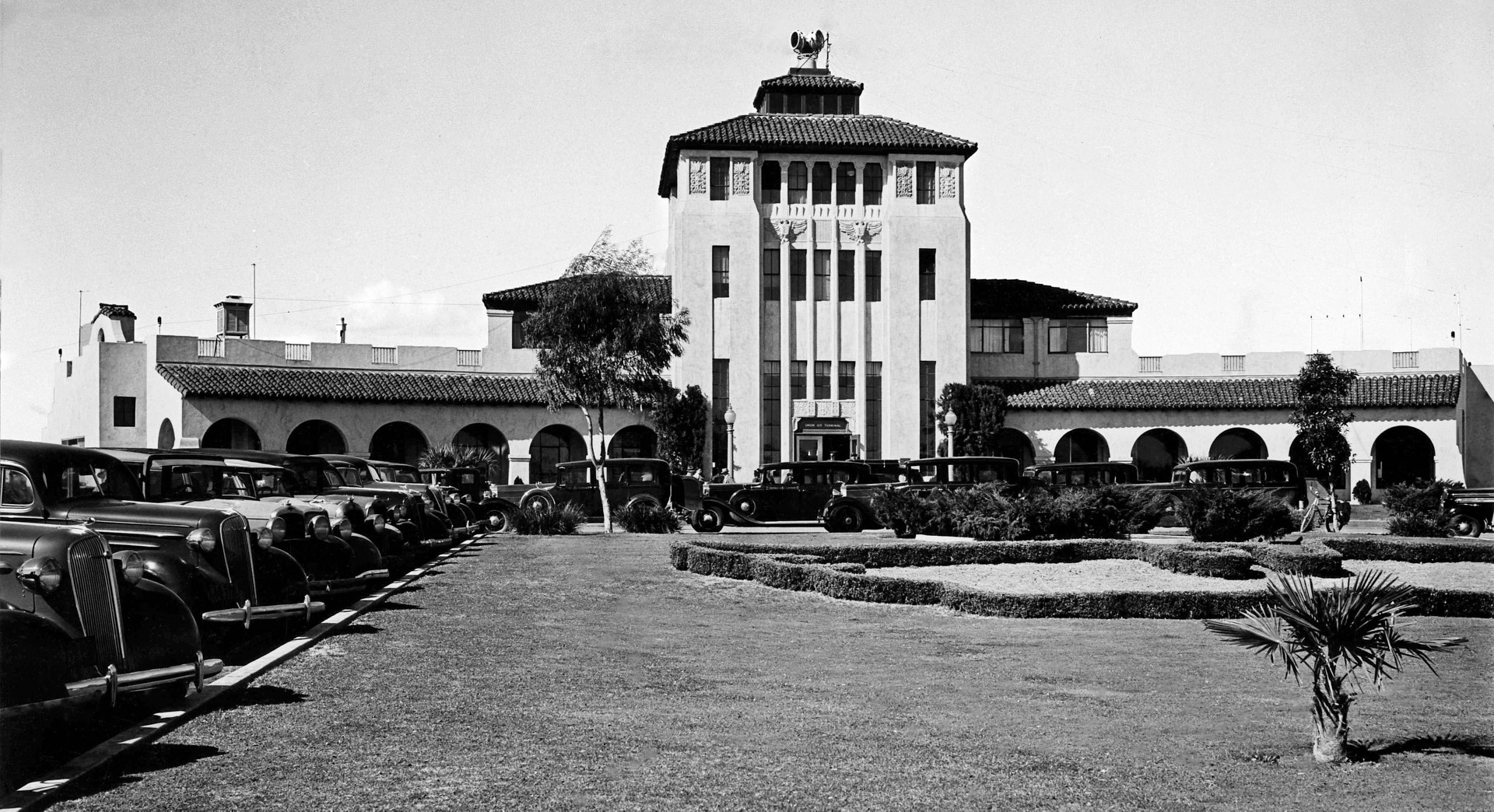
Over the next few years, innovations and advances to the Electra would set up the company’s future in constructing bombers and reconnaissance planes. A junior version of the Electra meant to service feeder liners, corporate executives and sportsmen instead became a favorite with U.S. government agencies and foreign countries. Within a few years, with the onset of World War II, Lockheed would purchase a busy airport nearby to assist the war effort.
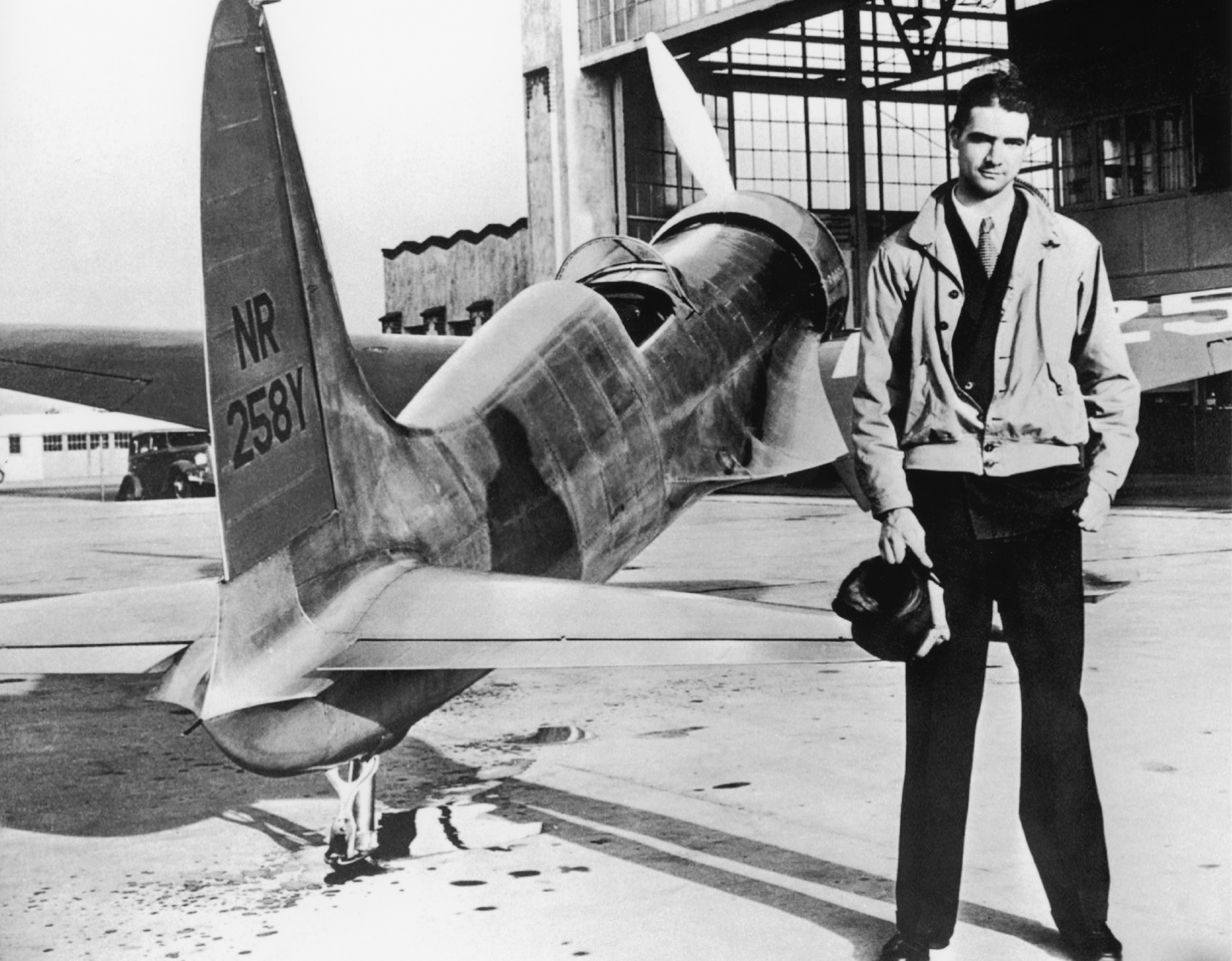
United Airport
In 1928, attorney Kenneth Humphries searched for land in Burbank on which Seattle’s Boeing Air Transport Corporation could create a major airfield for its subsidiary Pacific Air Transport’s air mail business. Spending $1.5 million to purchase 234 acres, the company built United Airport, named for a sister company, United Air Lines. Finished in just seven months, the facility was the first to be conceived and built strictly as a commercial airport. The new Spanish Revival-style terminal premiered on Memorial Day weekend in 1930.
Hailed as “one of the finest airports in the world,” United Airport quickly became the largest commercial airline facility in Los Angeles, with two surfaced runways 3,500 feet long and completely equipped to handle any emergency. Stinson Aircraft Corporation and Western Air Express operated there, and such companies as Northwest Airlines and Pan American Airways would later fly out of it as well. In the mid-1930s, United Airport ranked fourth in U.S. air traffic. Federal antitrust laws eventually forced United Aircraft and Pacific Air Transport to dissolve, leading the name to be changed to Union Air Terminal in 1934.
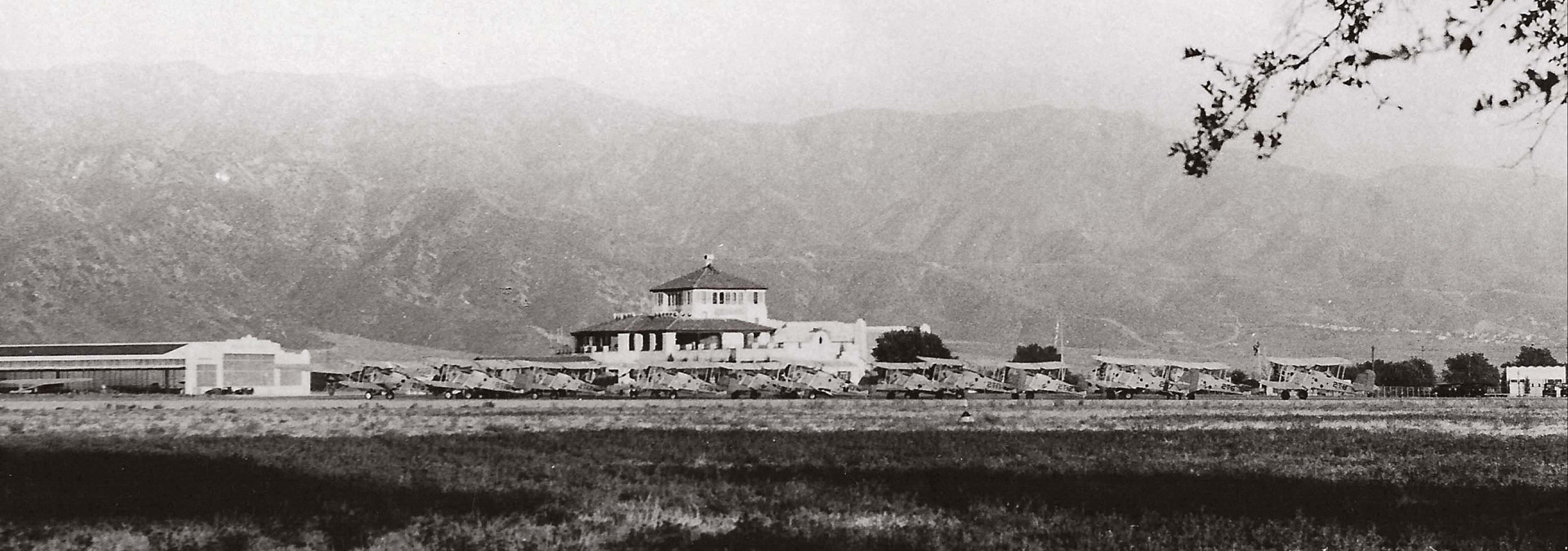
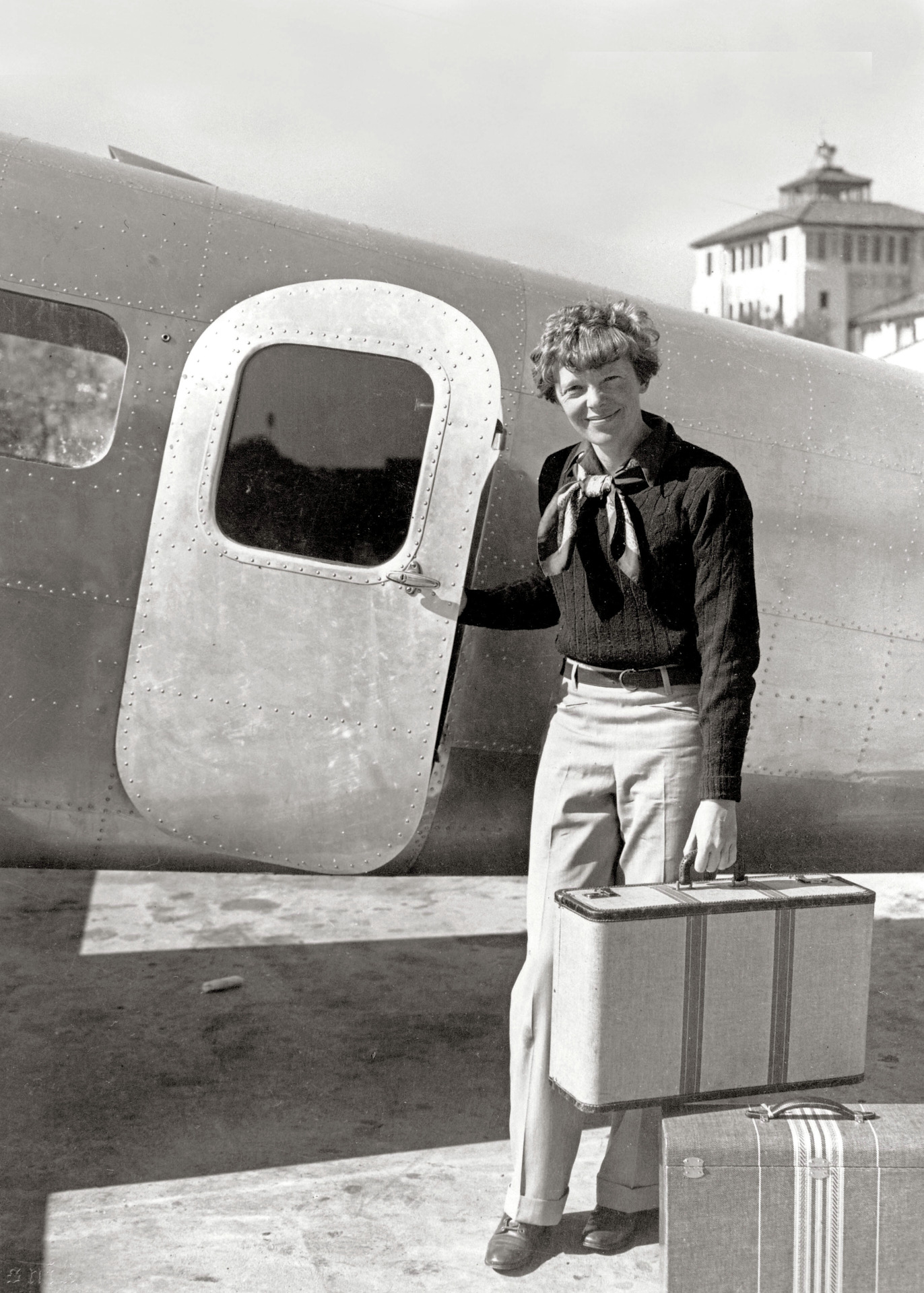
The airport proved popular with both the public and the entertainment industry. United hosted joint automobile and aviation shows, along with special aerial exhibitions and air derbies. Movies shot scenes at the airport, including the 1935 films Bars of Hate and Traveling Saleslady, the Clark Gable starrer Test Pilot in 1938, 1940’s Flight Angel and 1941’s The Bride Came C.O.D., starring James Cagney and Bette Davis.
Thanks to its long runways and location near Lockheed, many pilots chose United Airport as the perfect place to prepare for speed races and endurance flights. The airport often served as the takeoff location for the Bendix transcontinental air dash to the East Coast. Stunt pilot and racer Paul Mantz constructed a hangar to house his United Air Services, which provided stunt fliers as well as charter pilots to the movie industry. Amelia Earhart would establish her flying base here in 1934, for its proximity to Lockheed and to train with Mantz.
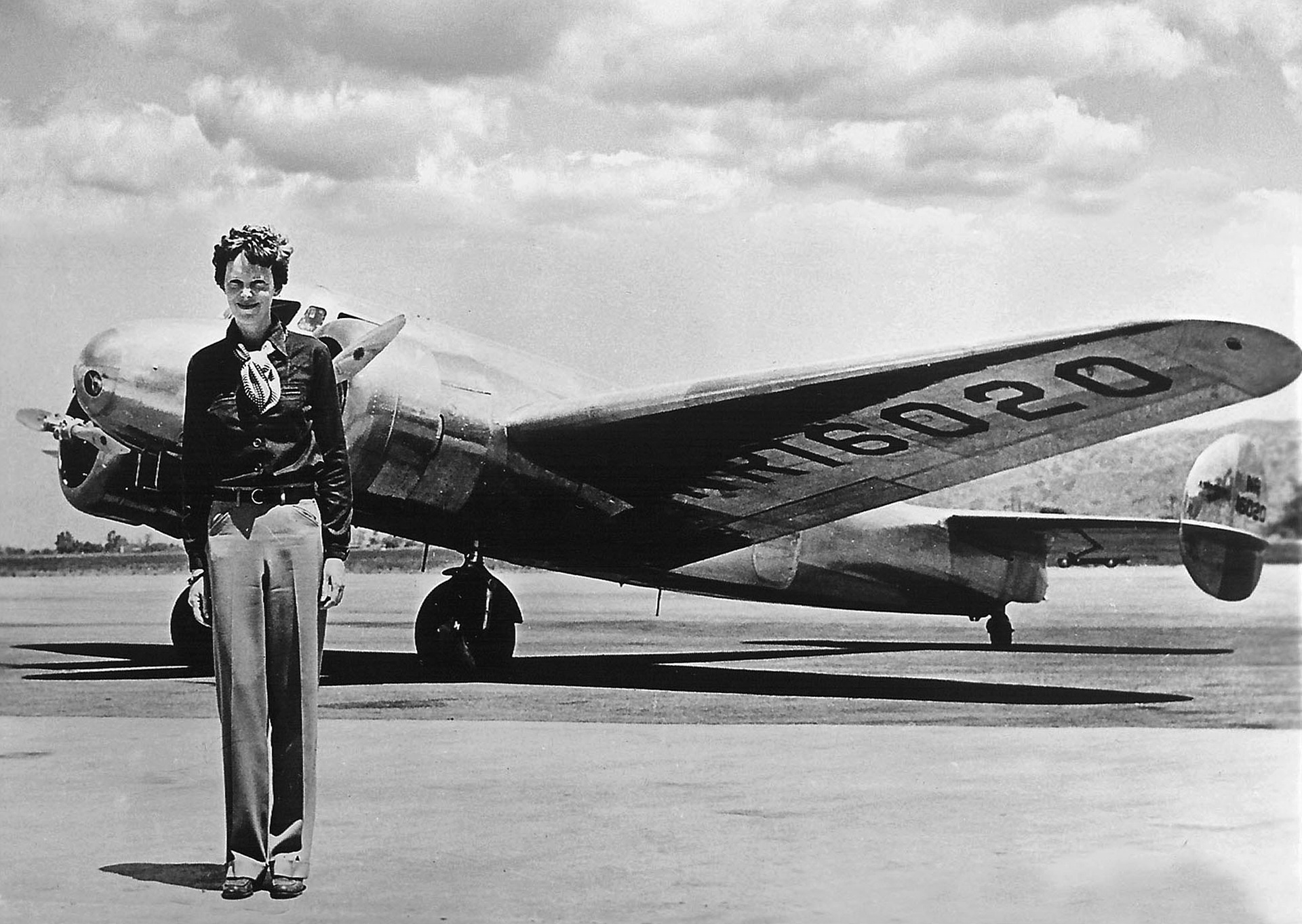
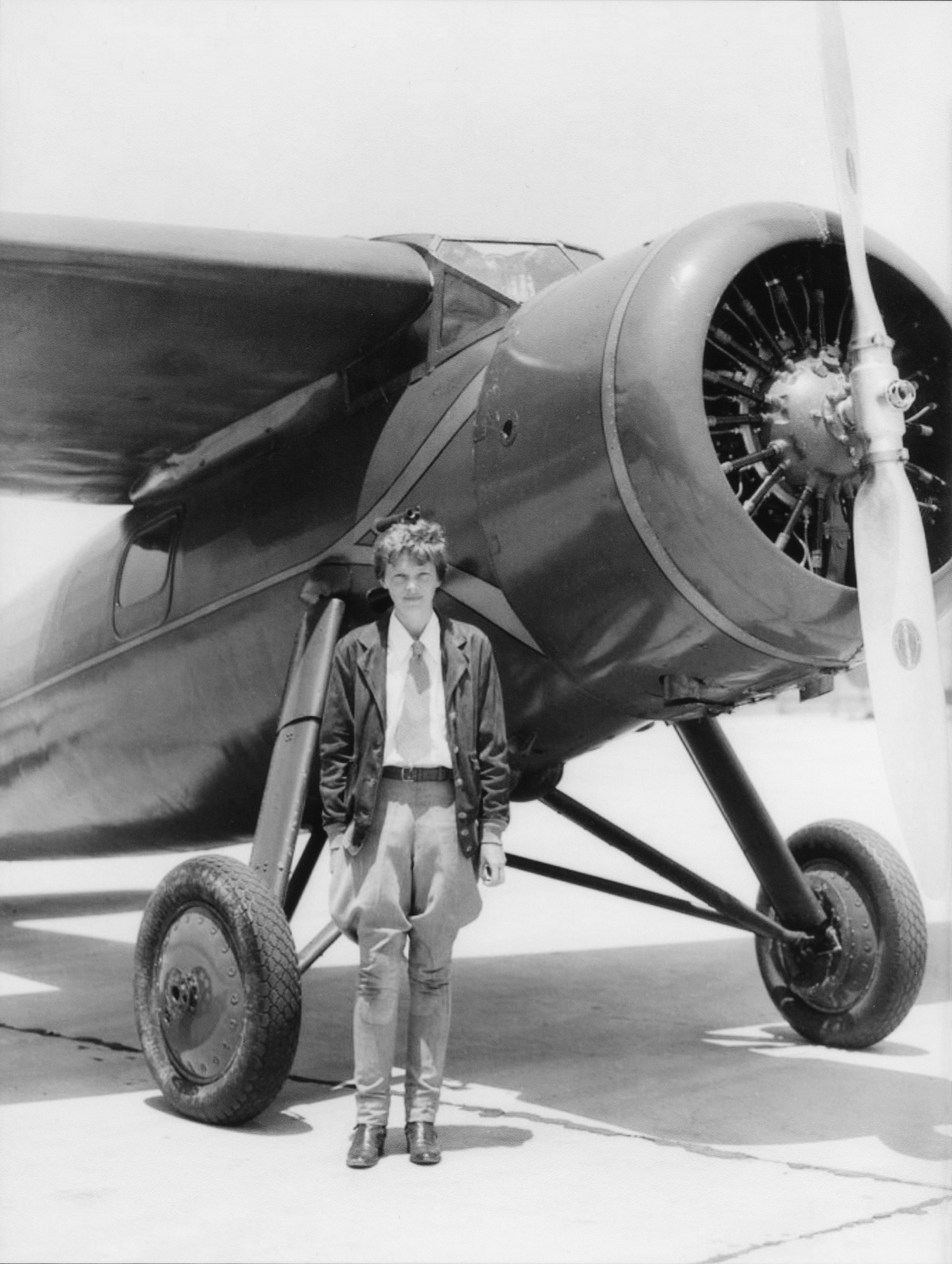
Earhart Soars
Trailblazing tomboy Amelia Earhart turned to Burbank’s Lockheed in 1932 to produce state-of-the-art aircraft for her daring jaunts. Born in 1897 in Atchison, Kansas, the lanky aviatrix fell in love with flying after a short trip over Long Beach in late 1920. Soaring to 14,000 feet, Earhart set a world record for the highest flight by a female pilot in 1922. The following year, she became the 18th woman in the United States to receive her pilot’s license.
Accepting a call to participate in a sponsored flight across the Atlantic Ocean, Earhart became the first woman to traverse the Atlantic on June 18, 1928, as passenger on a flight with pilot Wilmer Stultz and copilot Louis Gordon, gaining the nickname “Lady Lindy.” Later that summer, Earhart became the first woman to fly solo across the U.S. and back. Two years later, she set a world altitude record in an autogyro, an early form of a helicopter. Her flights and the columns she wrote about them helped normalize air travel for an American public that had believed flight was strictly for daredevils.
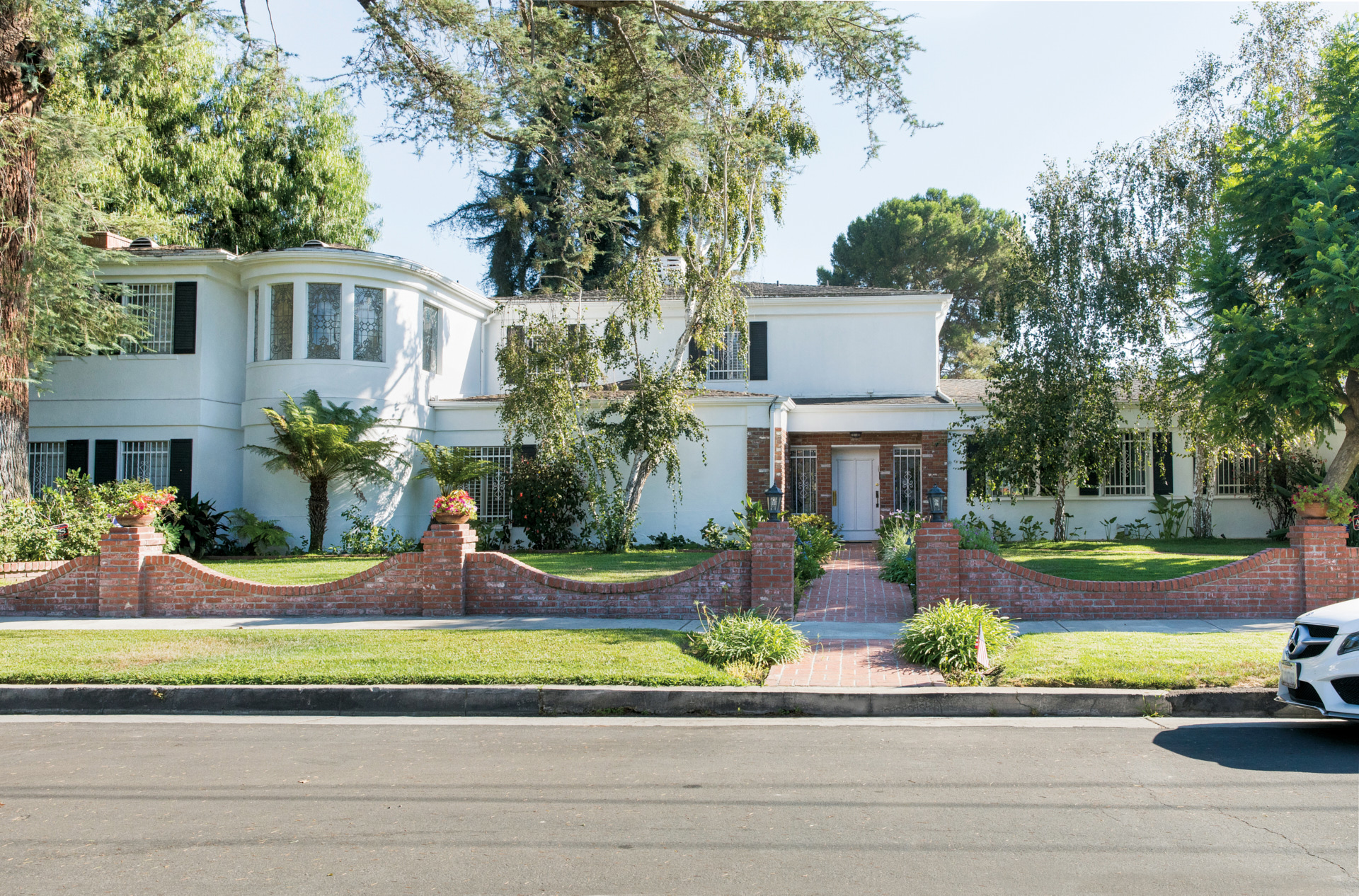

Earhart rocked the world on March 20, 1932, setting off from Newfoundland in her Lockheed Vega and landing in Ireland the next day, the first woman to fly solo across the Atlantic and the first to fly a Lockheed across the ocean. She pushed on, becoming the first aviator to fly solo from Honolulu, Hawaii, to Oakland, California, on January 11, 1935. Earhart also set seven women’s speed and distance aviation records between 1930 and 1935.
In 1931, Earhart married publisher George P. Putnam, who had helped organize her 1928 Atlantic Ocean journey. After a fire destroyed their New York home in 1934, the couple moved west. They purchased a home on Valley Spring Lane in Toluca Lake on September 9, 1935, hiring architect Donald Parkinson to remodel it into a more comfortable living space.

Earhart began planning her greatest adventure in 1936: circumnavigating the globe at the equator, a feat no one had attempted before. Telling the press, “My trip will simply be the fulfillment of something I’ve always wanted to try,” she took possession of a new Lockheed Model 10 Electra in 1937 in preparation for her trip with navigator Fred Noonan. Rather than achieving immortality for the feat, however, her fate became one of history’s enduring mysteries after the plane and its crew disappeared somewhere near Howland Island on July 2, 1937, on the longest and next-to-last leg of the flight, never to be seen again.
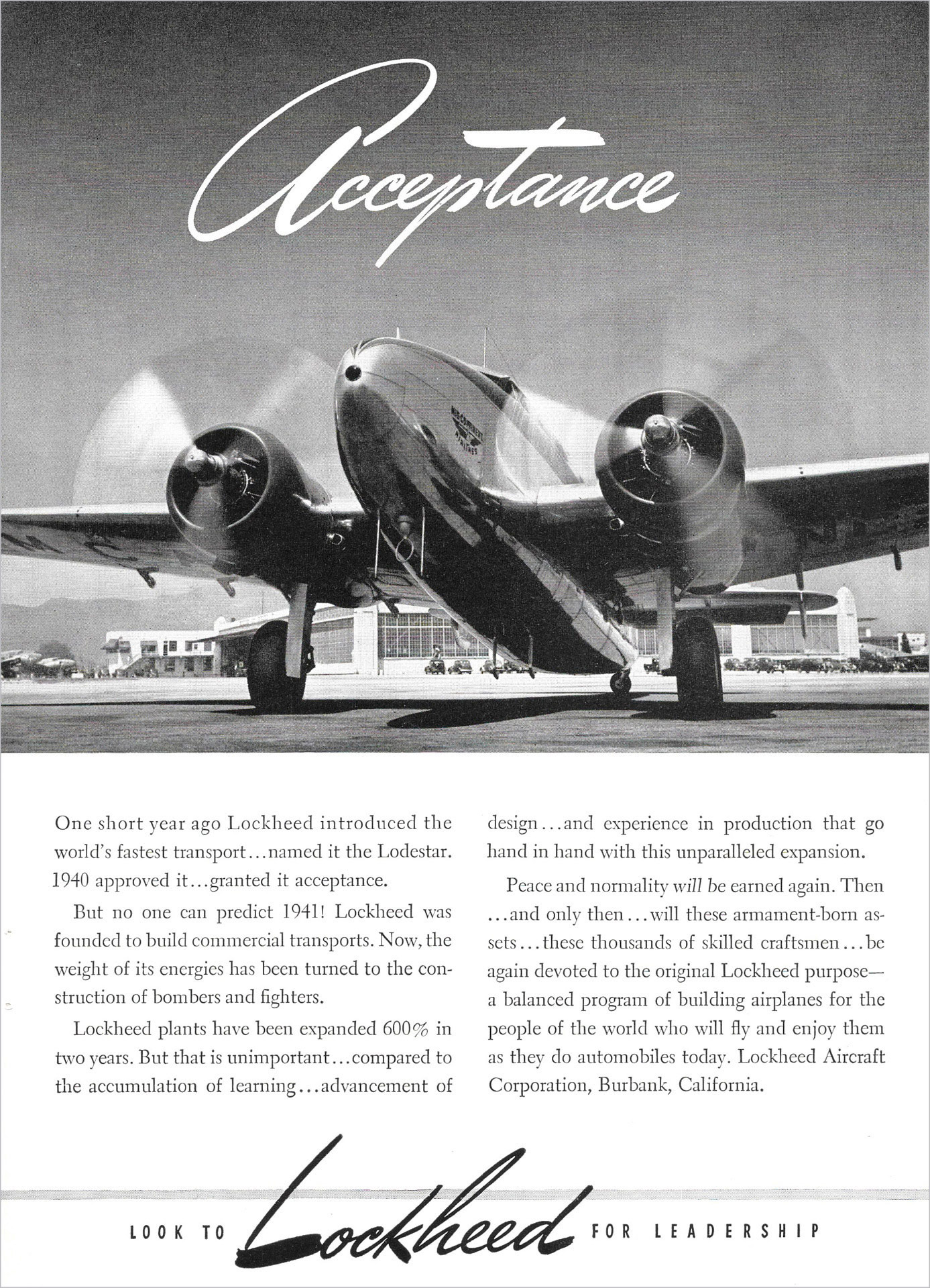
Lockheed and World War II
Thanks to the Model 12 Electra Junior, Lockheed became a rising military contractor as foreign governments began purchasing the plane. The speedier Lockheed Model 14 Super Electra, which premiered in 1937, was a further catalyst for Lockheed’s success. Booming business led to a desperate need for expansion.
Lockheed optioned nine acres adjacent to Union Air Terminal in 1936 as it ramped up for military work. With U.S. involvement in the war imminent, in 1940 the company purchased an additional 30 acres as well as the airport itself for $1.5 million, changing the name to Lockheed Air Terminal. It added more than 750,000 square feet, along with a giant hangar three times the size of three regulation football fields, running three assembly lines continuously. The airport allowed Lockheed to speed testing, flying and delivery of planes, especially after lengthening the landing strips to 6,000 feet.
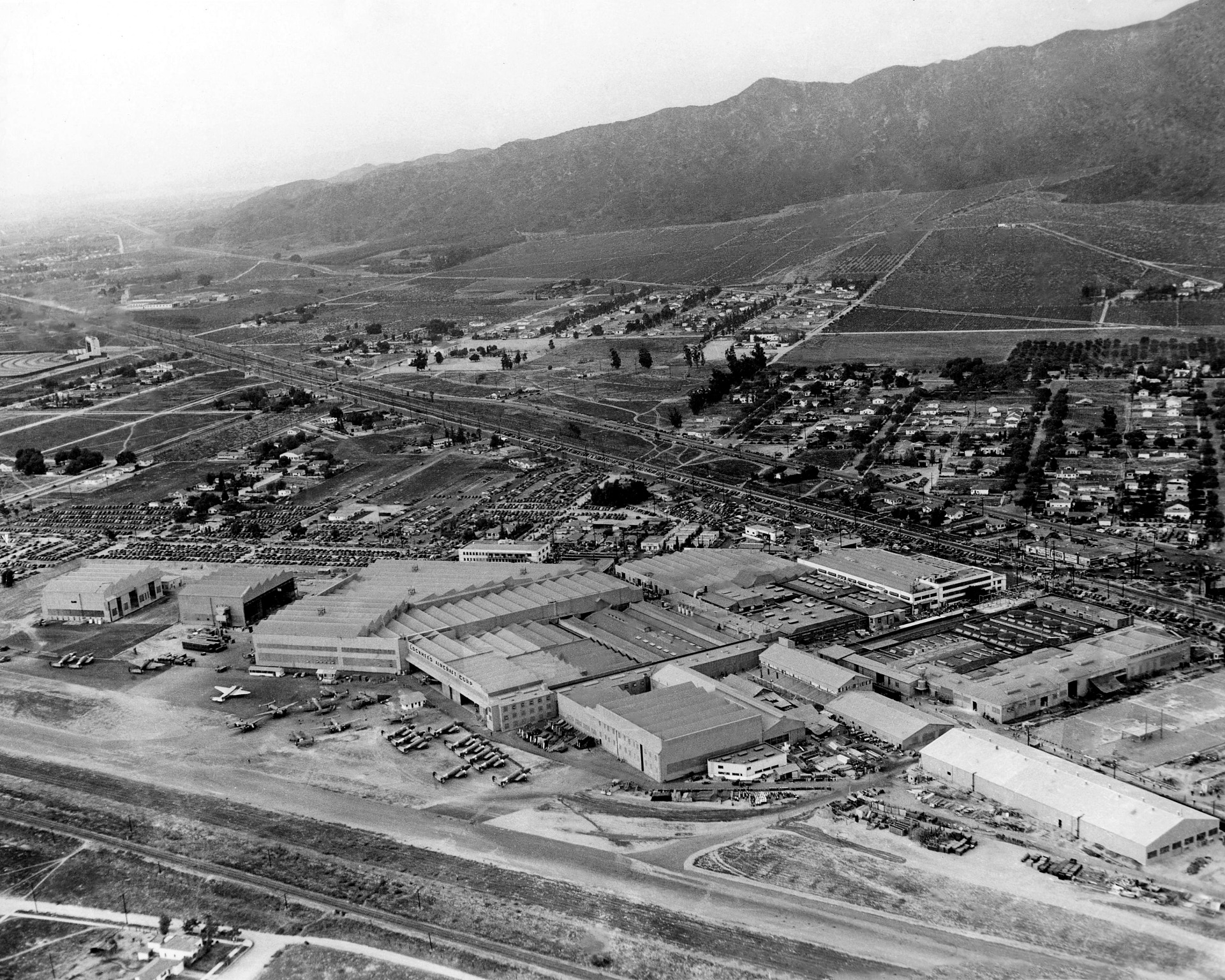
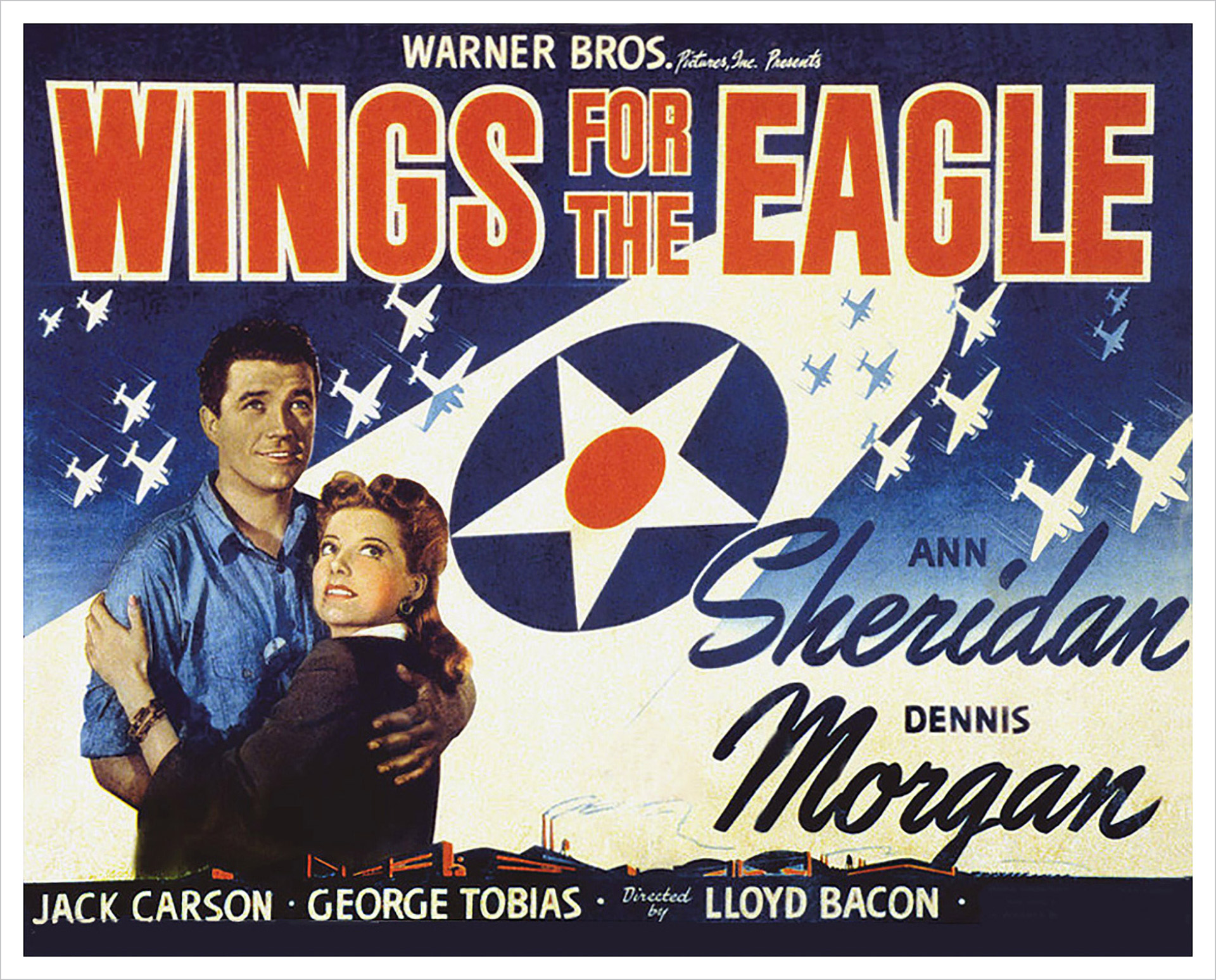
The company’s output spiked during the war. Lockheed produced bombers for the British war effort in 1939 and 1940, landing a $30 million contract for 410 interceptor pursuit planes. It adapted its adjacent Vega subsidiary plant to manufacture Douglas Aircraft-designed B-17 flying fortresses, eventually producing 2,750. Lockheed produced over 10,000 P-38 fighters in 18 distinct versions throughout the war, a massive effort that required 18,000 employees plus 5,000 more at its Vega plant. The surrounding communities grew rapidly to accommodate this huge workforce; Burbank’s population exploded from 34,337 in 1940 to 62,348 by 1946.
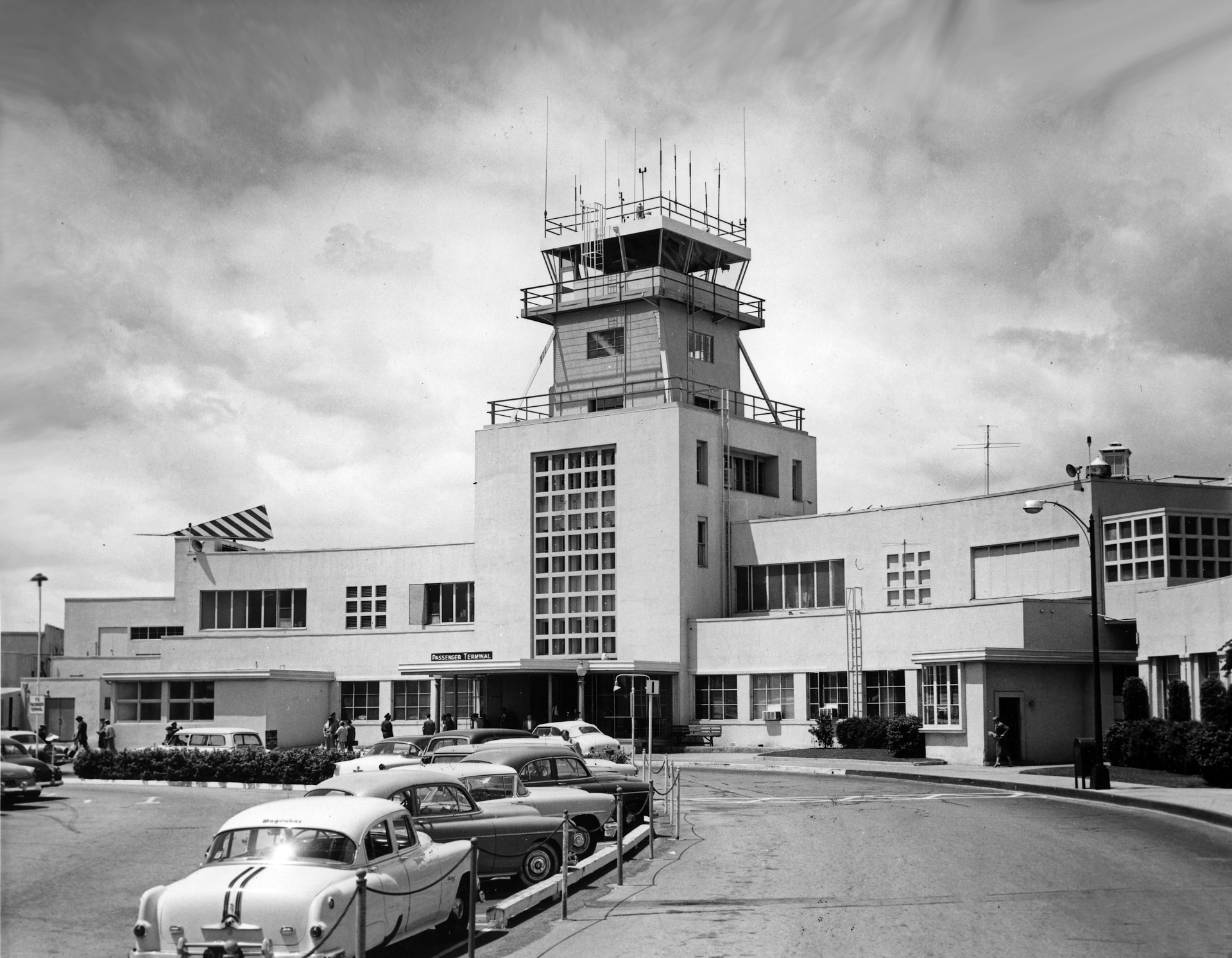

In 1943, Lockheed organized the “Skunk Works” under the leadership of C.L. “Kelly” Johnson to focus on top secret projects. Inspired by a dilapidated, smelly factory in Al Capp’s comic strip L’il Abner, the nickname stuck, becoming Lockheed’s registered trademark. The group would design the renowned U-2 spy plane, the SR-71 fastest manned aircraft and the first stealth fighter.
After World War II, Lockheed began expanding beyond airplanes into aerospace, opening new facilities outside of Burbank. The company became the top U.S. military contractor by 1970, earning over $2 billion.
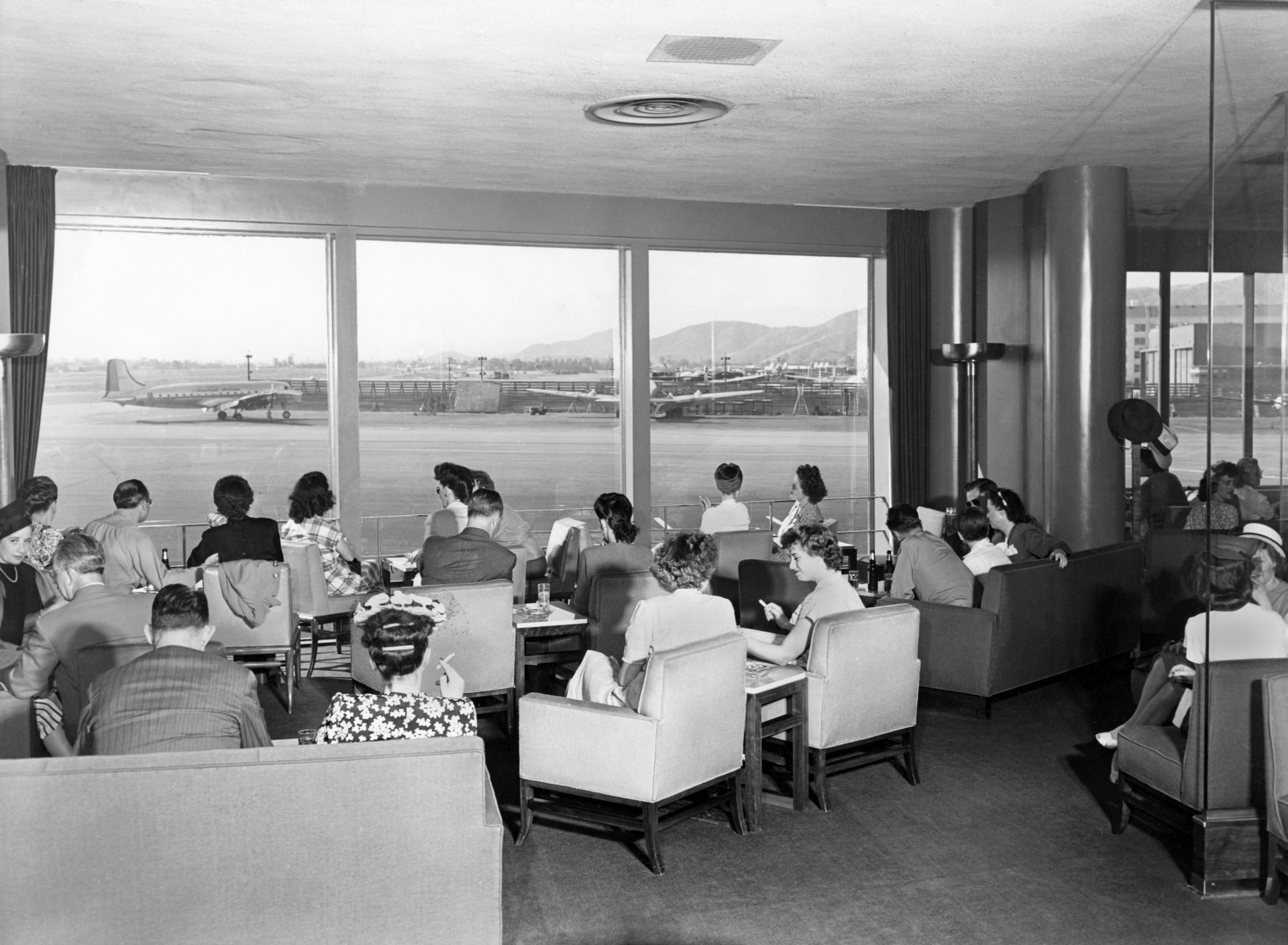
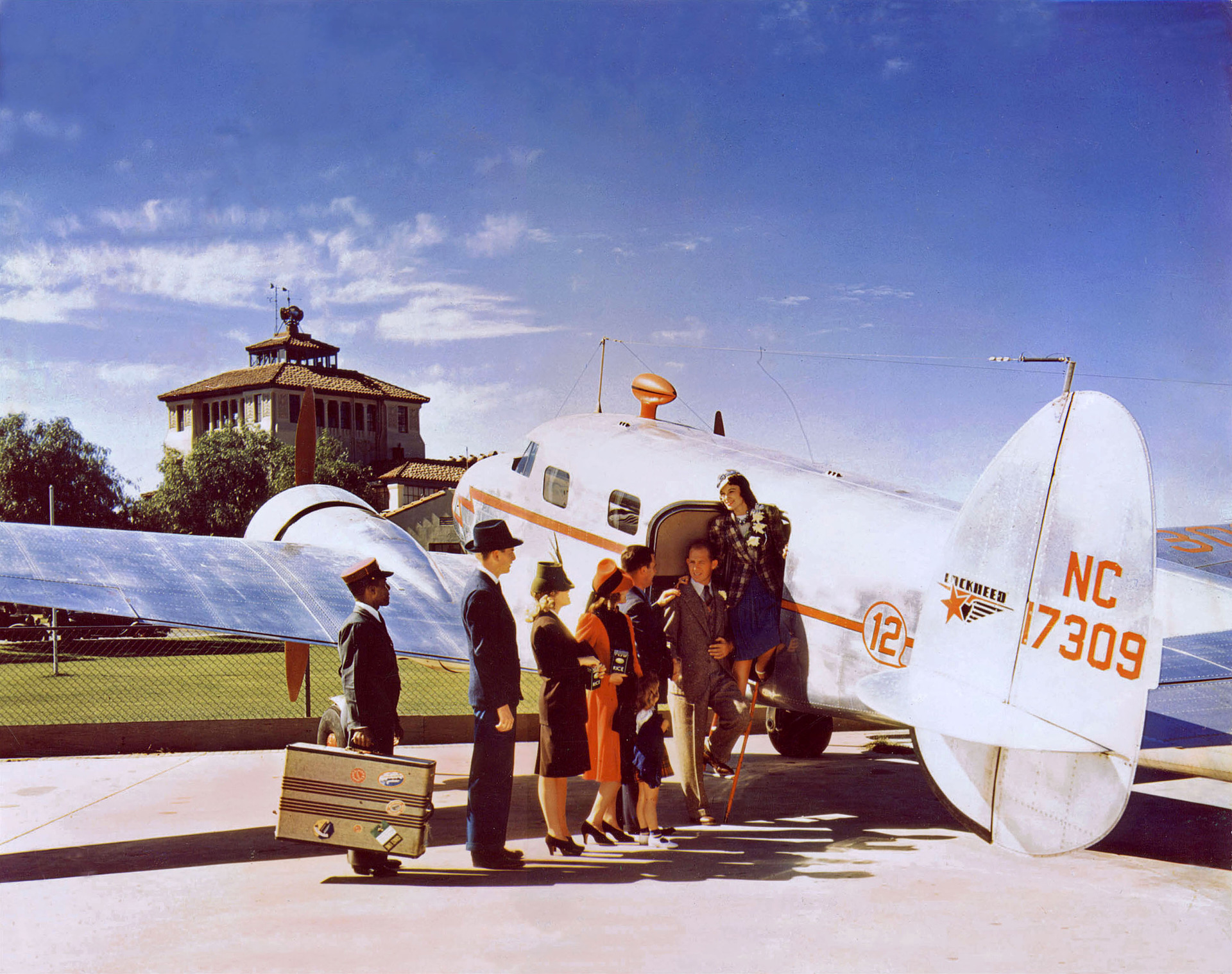 Meanwhile, after doldrums in the 1950s and 1960s, the Lockheed Air Terminal’s commercial flights took off, leading to a new name in 1967: Hollywood–Burbank Airport. Passenger traffic began replacing Lockheed’s lost military flights. Lockheed sold the airport in 1978 to an organizing entity composed of the cities of Burbank, Glendale and Pasadena, leading to a new name. After going through a variety of name changes, the facility reverted to Hollywood Burbank Airport in 2017.
Meanwhile, after doldrums in the 1950s and 1960s, the Lockheed Air Terminal’s commercial flights took off, leading to a new name in 1967: Hollywood–Burbank Airport. Passenger traffic began replacing Lockheed’s lost military flights. Lockheed sold the airport in 1978 to an organizing entity composed of the cities of Burbank, Glendale and Pasadena, leading to a new name. After going through a variety of name changes, the facility reverted to Hollywood Burbank Airport in 2017.
Burbank gave birth to America’s aircraft and aerospace industries thanks to Lockheed’s know-how, shaping the evolution and future of air travel. The corporation’s planes and the adventurers who flew them helped popularize commercial flight, making the world available to anyone. As Leonardo Da Vinci once wrote, “Once you have tasted flight, you will forever walk the earth with your eyes turned skyward, for there you have been, and there you will always long to return.”
